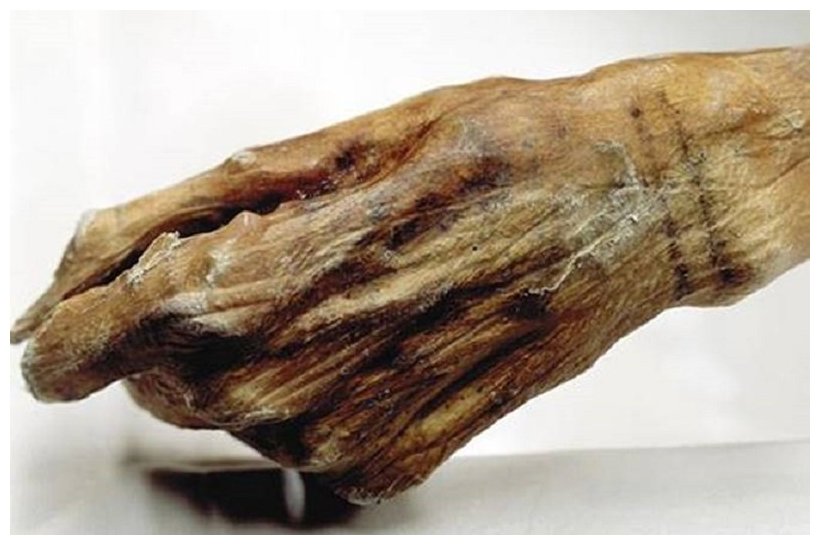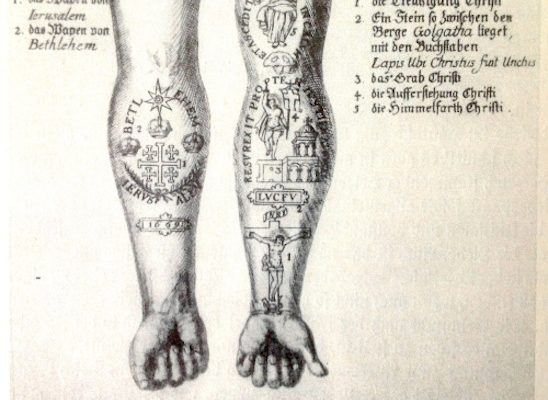Meaning and use of tattooing throughout history
History tells us that the only proven testimony of the first tattooed man evokes a purely therapeutic and non-aesthetic goal of tattoo treatment. Otzi, the first tattooed man discovered in a glacier on the Italian-Austrian border, 5300 years old, wore 61 cross-shaped tattoos and parallel lines that appear to have been dedicated for medicinal purposes to delineate areas of pain caused by osteoarthritis.

The medicinal character of the tattoo is also revealed under ancient Egypt, women were tattooed on the lower abdomen with patterns evoking fertility. In contrast, the aesthetic value of the tattoo emerges from the VII BC, in some tribes like the Scythians who tattooed motifs from their animal art. The motives of tattoos are many and varied, each tribe has a meaning.
For the Assyrians tattoos were the representation of their beliefs. Among certain European warrior peoples the purpose of tattooing; Symbol of power and courage, was to scare the Roman legionaries. As much for these tribes the tattoo evoked salvific and beneficial values, as for others, the connotation was much less laudable; tattooing among Babylonians and Thracians was an indelible mark of dishonor
The tattoo “Stigma” translated by “shameful mark” indicated the slaves among the Greeks whom they marked on the front, but the punitive character of the tattoo was also present in the Roman empire. Sign of shame or banishment: Slaves, criminals, Gladiators were tattooed.
The history of tattooing in Europe
In 331, the facial tattoo was banned by Constantine In 787 Pope Adrian only tolerated tattoos of a religious nature, many Christians were marked cross or fish symbol of their religion. It was during the Crusades that the Church decided to tattoo the crusaders with a cross on their arms to identify them if they died in order to lavish on them a Christian funeral. the pilgrims then did the same.
In Europe, the Middle Ages and despite religious prohibitions, the ink marking was adopted by the families of artisans as a sign of belonging. Treated as a rite of passage, they were tattooed at the end of their apprenticeship. In 1771, it was James Cook who reintroduced the tattoo in Europe by returning from Polynesia and New Zealand, which took the Polynesian name “Tatau” corresponding to the technique used “to tap” hence the term tattoo.

The tattoo was popularized among sailors and the craze was such that in more than a century 99% of sailors were tattooed triggering a keen interest in some doctors about the hygienic risks caused by tattooing. A social character and always a sign of marginality, tattooing develops and becomes popular.
Tattooing practices were not reduced to Europe, all over the world, all ethnic groups sported tattoos.
The history of tattooing in the World
Unlike Europe, the tattoo in Oceania was reserved for the highest castes and meant their power. Initially the principle is common to all tattooing techniques: labeling by insertion of a pigment in the dermis and healing, the latter vary according to each ethnic group. Rite of passage from childhood to adulthood and still relevant, the Polynesian Tatau consists in bringing a pre-pigmented comb into the dermis by striking, the Maori incise the skin with a shark tooth pigments themselves were subsequently dumped on the wounds.

As for the ethnic groups of the Arctic, they tattooed thanks to a needle and a pigmented thread.
Modernization and development of the tattoo at the end of the 19th century.
In 1891, thanks to Samuel O’Reilly’s electric tattoo machine, tattoos are modernized and professionalized, in particular by respecting more and more the rules of hygiene.

Français
